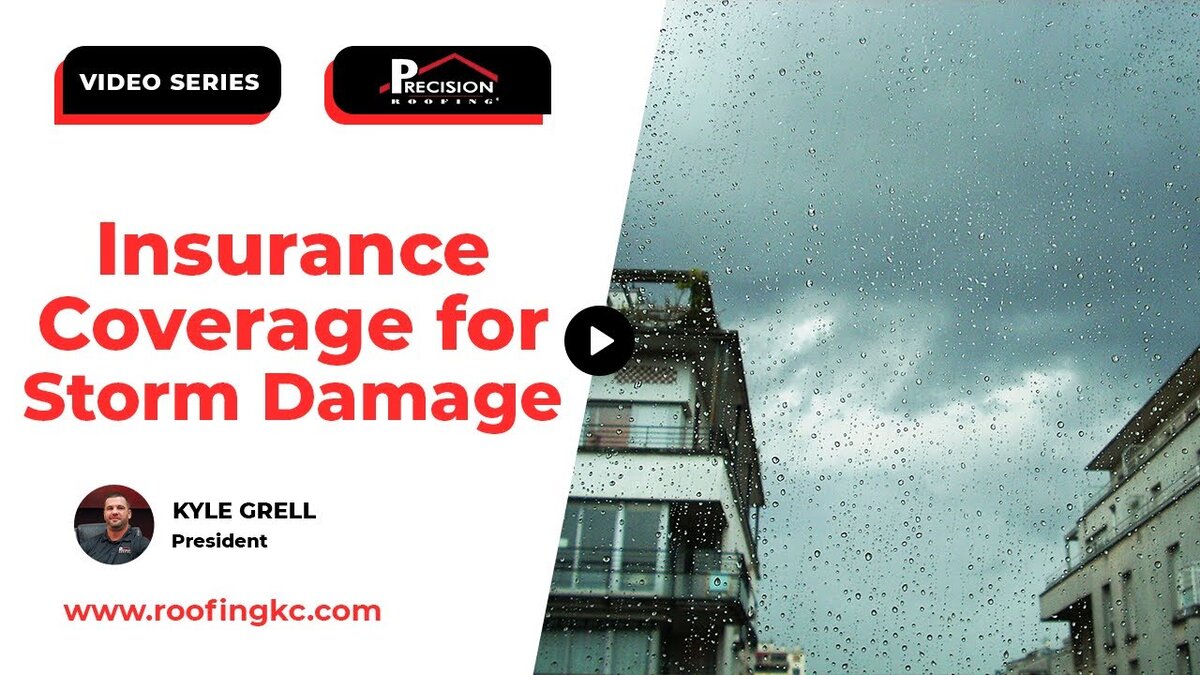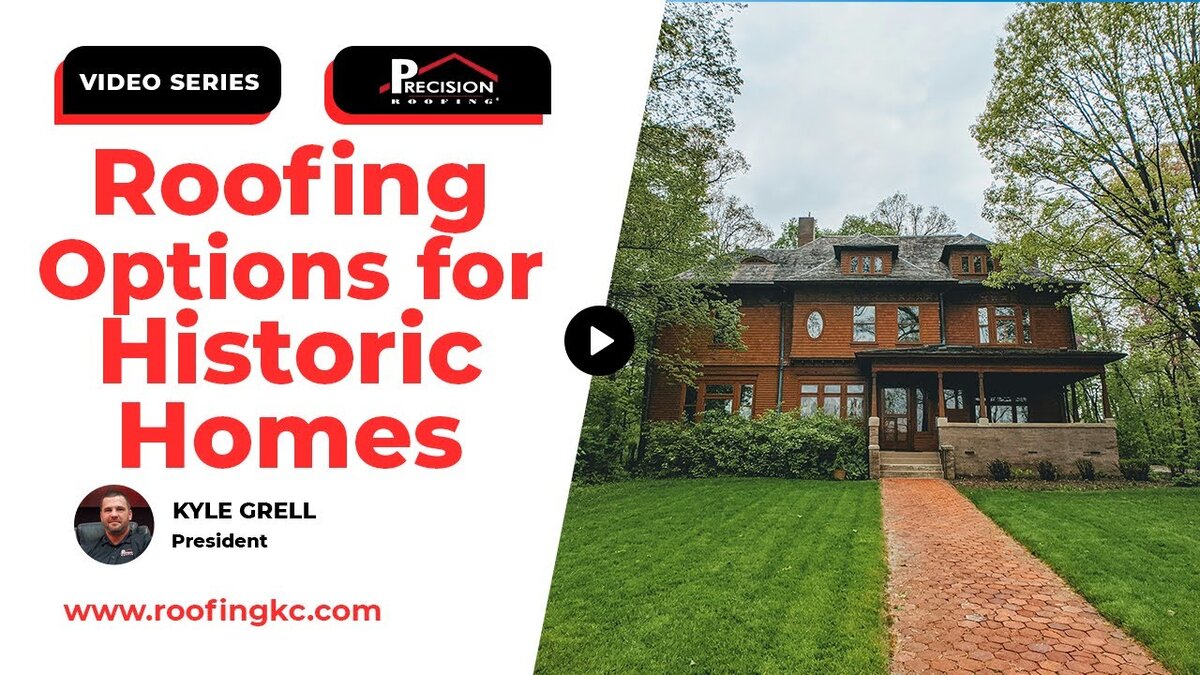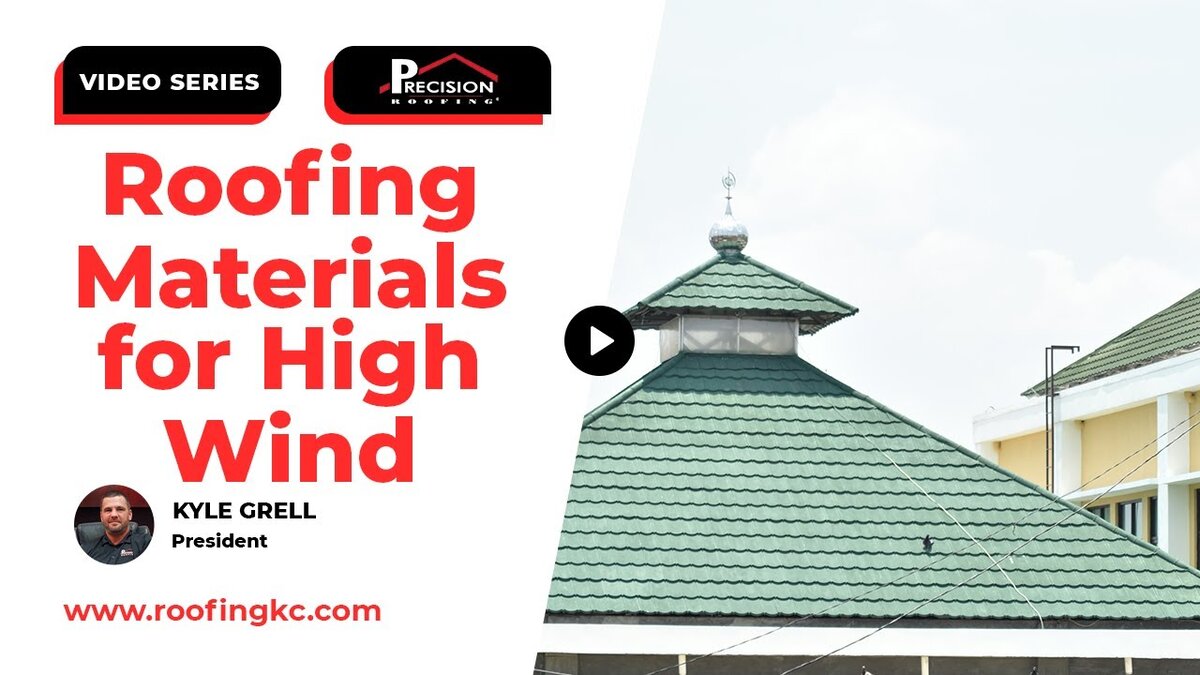Roof flashing is a key component that prevents leaks by sealing areas where the roof meets chimneys, vents, skylights, and walls. It directs water away from these vulnerable points, protecting your home from moisture damage, mold, and structural issues.
Without proper flashing, water can seep into cracks, leading to costly repairs. Understanding how roof flashing works and where it should be installed can help you maintain a durable, leak-free roof. Here’s what you need to know.
What is Roof Flashing?
Roof flashing refers to thin metal sheets installed in areas where two different surfaces meet on a roof, such as around chimneys, vents, and skylights. These metal sheets act as a barrier to prevent water from penetrating the roof’s surface. Roof flashing is typically made from materials like aluminum, copper, or galvanized steel. Without it, moisture can easily find its way into gaps and cracks, causing leaks and structural damage.
The main function of roof flashing is to seal off areas where the roof meets other structures or features. For instance, the pipes that protrude through your roof require pipe boot flashing to ensure that water and ice don’t seep in around the pipe’s base. We install flashing in critical areas where water runoff is most likely to occur, ensuring long-term protection for your home.
Why is it Important?
Water damage is one of the most common and expensive issues homeowners face. Properly installed roof flashing helps direct water away from seams and joints, which are the most vulnerable parts of any roof. Here are some of the key reasons why roof flashing is essential:
- Prevents Leaks: The primary purpose of roof flashing is to prevent water from infiltrating your home. Without it, areas like chimneys, vents, and valleys can become prime spots for leaks.
- Protects Against Structural Damage: Moisture can cause wood rot, mold growth, and damage to the interior of your home. Flashing serves as a shield, keeping water out of areas where it can do the most harm.
- Ensures Longevity of the Roof: A properly installed roof should last 20 to 30 years or more. By replacing old or worn-out flashing during a reroof, we ensure that your roofing will remain in great condition for its entire lifespan.
- Adapts to Different Roof Types: Whether you have an asphalt shingle roof, metal roof, or synthetic material, there are various types of flashing designed to work seamlessly with your roofing system.
Common Areas Where Roof Flashing is Installed
Flashing is used in several critical areas on a roof. These areas are prone to water pooling or where two structures meet:
- Around Chimneys: Chimneys are one of the most common sources of roof leaks. Flashing is installed around the base to prevent water from entering.
- Pipes and Vents: Pipe boots or vent flashings are placed around any pipes or exhaust vents that pass through the roof.
- Valleys: Roof valleys are where two roof slopes meet, creating a natural path for water to flow. Flashing helps direct water down the valley without seeping underneath the shingles.
- Where Roof Meets Siding: Step flashing is used where the roof meets a vertical wall or siding. It ensures water flows away from the siding and off the roof.
Signs of Roof Flashing Issues
Over time, roof flashing can deteriorate, especially if it was not installed correctly or if it has weathered many years of exposure. Here are some common signs that your flashing might need attention:
- Visible Rust or Corrosion: Metal flashing can corrode over time, especially if it’s made from lower-quality materials.
- Water Leaks: If you notice water stains on your ceiling or walls, flashing might be the culprit.
- Cracked or Missing Flashing: High winds, heavy rain, and temperature fluctuations can cause flashing to crack or come loose.
- Old Flashing Left During Reroof: Some contractors may leave old pipe boots or flashing in place during a reroof. We always recommend replacing flashing during any major roofing repair or replacement to ensure optimal performance.
Types of Roof Flashing Materials
There are several types of materials used for roof flashing, each with its own pros and cons:
- Aluminum: Lightweight, easy to install, and resistant to corrosion. However, it can be prone to cracking in extreme temperatures.
- Copper: Highly durable and aesthetically pleasing. Copper flashing is often used on high-end or historical homes.
- Galvanized Steel: A popular choice due to its strength and affordability. It’s coated with a layer of zinc to prevent rust.
When installing roof flashing, we consider both durability and aesthetics. For example, some homeowners prefer exposed metal flashing in roof valleys that matches the color of their gutters and fascia. Others prefer hidden flashing for a more seamless look. Either way, the choice comes down to personal preference, and we work with you to achieve the desired result.
How We Handle Flashing Replacement
When we take on a roofing project, we pay close attention to every flashing point. Whether it’s around a chimney, vent, or pipe, we ensure that old, worn-out flashing is replaced with high-quality materials. Our approach ensures that your roof will be watertight for decades to come.
We never cut corners by leaving old flashing in place. Since your roofing will likely last 20 to 30 years, it’s critical that the flashing matches that lifespan. By replacing outdated flashing during a reroof, we help you avoid costly repairs in the future.
In Summary
Roof flashing may not be the first thing that comes to mind when thinking about your roof, but it plays a vital role in keeping your home safe from water damage. Whether you need new flashing installed or suspect that your existing flashing is causing leaks, we’re here to help. Our team at Precision Roofing specializes in high-quality roofing services, ensuring your roof is built to last.
If you have any concerns about your roof, reach out to us. We’ll make sure your roof remains in top condition for years to come.




